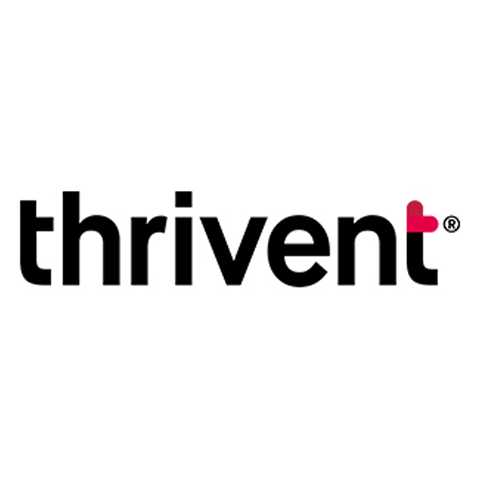Minnesota: 2030
Minnesota: 2030 industry chapters
Continue to check back as we take a deeper dive into different industries and how they impact the state's economy!
 Tech sector
Tech sector
 Health care and medical innovation
Health care and medical innovation
 Corporate and financial sector
Corporate and financial sector
A framework for economic growth
Minnesota's economy is highly developed. The state ranks high across a range of metrics, with leading industry clusters, 16 Fortune 500 headquarters, high rates of innovation and one of the highest workforce participation rates in the nation.
Minnesota’s overall economic performance tells a different story, however. When comparing growth, Minnesota’s economy has been trailing its peers and the U.S. economy the past two decades. GDP and job growth ranked 36th and 45th nationally in 2019. Minnesota also continued to have uneven outcomes across demographic groups and regionally, with populations of color and nonmetropolitan areas experiencing lower levels of economic well-being.
Then the COVID-19 pandemic upended economies locally and around the globe. The impact on Minnesota’s economy was significant, leading to unprecedented losses in employment and output. The pandemic not only changed Minnesota’s immediate economic outlook, but raised more fundamental questions related to remote work, supply chains, migration patterns and the future of urban centers.
Minnesota’s resiliency and diverse industry base allowed the state to mitigate some of the worst impacts of the pandemic-induced recession. By February 2021, the state’s unemployment rate ebbed to 4.3 percent and total employment reached 93 percent of prepandemic levels.
What lies beyond the immediate horizon? How is Minnesota poised to change – and how can businesses maximize the opportunities to advance and grow the state’s economy?
- Much remains unknown. The pandemic is not yet over, and the state may be in recovery mode through 2021 or beyond. Compelling trends can be projected with a fair amount of confidence nonetheless.
- Minnesota’s population and labor force growth will likely continue to slow.
- New technologies will reshape industries from manufacturing to health care to agriculture, shifting demand for skill sets in the workforce.
- Global demand for health care and food will continue to rise.
- Minnesota’s population will be more racially and ethnically diverse.
- Global megatrends like climate change and resource constraints will influence economic conditions.
What can Minnesota do to help its economy navigate these changes and develop to its full potential? Minnesota: 2030 outlines three fundamental strategies: build on strengths, leverage Minnesotans and strengthen communities. Within each strategy, this report explores a range of topics, outlining the basic opportunities and challenges that lie ahead. The full Minnesota: 2030 report advances over 50 recommendations to help guide future growth efforts.
Minnesota: 2030 is the first step. Subsequent research will dive deeper into key areas. Additional ideas and more detailed prescriptions may be needed. The Minnesota Chamber Foundation will take on next steps where possible, working with partners to identify opportunities across the state to develop and grow Minnesota’s economy for years to come. Private and public sector leaders should join these Minnesota: 2030 advancement efforts.
View the Minnesota: 2030 kickoff webinar

Minnesota: 2030 recommendations
A framework for growth Three strategies – with actionable recommendations and growth acceleration
opportunities that would strengthen Minnesota’s economy.



Minnesota: 2030 strategies
Minnesota: 2030 produces more than 50 strategies and recommendations in its full-report framework for the state’s future economic growth. We’ve compiled the recommendations here, highlighting seven key action strategies at the top of the list. The Minnesota Chamber Foundation will reach out to key stakeholders and partners to set a plan of action for next steps. Some of this work is already underway, and we’ll continue to support and amplify those efforts. Other recommendations may require new initiatives or actions by others. We look forward to working with leaders across the state to ensure Minnesota is on a path for strong economic growth in the decade ahead.

- Exceed labor force projections.
Grow talent by better training, retaining and attracting key workers and key demographics.
- Give workers skills to succeed.
Ensure workers and entrepreneurs can adapt to rapid changes in technologies and industries, leaving no one on the sidelines.
- Win growth investments.
Secure and retain a greater share of business expansions from existing firms and rising stars.
- Make inclusion a strength.
Leverage and scale workforce inclusion efforts statewide. Offer a clearinghouse of resources, along with direct assistance to help employers diversify their workforce.
- Compete in the tech economy.
Strengthen Minnesota’s capacity for tech growth by increasing the availability of tech talent and shining a brighter spotlight on Minnesota’s tech strengths.
- Build on the health care and medical sector.
Sustain and grow this strength of Minnesota’s economy by building and supporting our medical technology and health care delivery sectors.
- Connect Minnesota businesses to the world.
Leverage state strengths to increase trade nationally and globally. Promote specialized supply chain strengths.
































